“Are you rooting herbs?” I asked my friend — observing multiple plants in jars of water by a sunny kitchen window.

“Rooting and growing” was the response. “You don’t need soil to grow herbs. Much cheaper without the soil. Less problem with bugs.”
“Doesn’t the water spoil?” (Though ‘spoil’ wasn’t the right term.)
“I regularly change the water and clean out the jars, but otherwise it’s easy.”
“What do you have here?” I asked, looking closer. “Rosemary, thyme, oregano, basil, sage … mmm. I can smell the mint. But don’t some herbs grow big and bushy?”
“Yes. I’m frequently dividing plants and harvesting the herbs to keep growth at minimum.”
“What’s it called? This process of growing?”
“Hydroponics,” she replied. “A technique of growing plants in a water-based nutrient solution.”
What Is Hydroponics?
Growing plants in a water-based nutrient solution instead of soil is called hydroponics. The growing solution often includes an aggregate substitute:
- Vermiculite — a mica-like mineral that improves growing soil texture
- Coconut coir — the fibrous husks of a coconut’s inner shell which is good for water retention
- Perlite — also good for water retention
Hydroponics is particularly popular with small farmers and hobbyists.
What Herbs Grow Well in Water?
Some herbs grow better in water than others. The following herbs are a great addition to an indoor hydroponic gardening space:
- Rosemary
- Thyme
- Oregano
- Lemon balm
- Lemon grass
- Cilantro
- Stevia
- Lavender
- Dill
- Basil
- Mint
- Parsley
- Sage
Benefits of Growing Herbs in Water
The primary benefit of growing herbs in water is that it’s easy to create an indoor herb garden, especially with limited space, like a windowsill. Fresh herbs add incredible flavors to food, and since fresh herbs are difficult to obtain at any time of the year, growing them yourself is the best alternative. Yes, dried herbs add flavor, too, but not as intense, and dried herbs can be costly. Plus, growing your own herbs adds a delicious aroma to the growing space.
Growing herbs in water has the additional bonus of being mess-free and virtually pest-free. When using soil, it has to be kept moist which attracts all kinds of problems, including pests and mold. Growing herbs in water allows the indoor gardener to worry less about fungal gnats invading the growing space. Not to mention the difficulties with soil degradation as the nutrients it once possessed disappear and what’s left makes it difficult to grow anything.
There’s also a convenience bonus. During the growing season, you may have an outdoor herb garden, but when you’re in the middle of cooking something special, perhaps you don’t have the time to run outside to collect fresh herbs. Having a windowsill garden is quite convenient.
Propagating in water is easy. All you need to do is clip a stem (about 6 to 8 inches in length) of the herb and place it in a glass of water. It’ll root quickly, sometimes within a week. It’s a great way to increase your indoor herb collection.
Also, most herbs thrive in water, making this mess-free, pest-free system of indoor gardening a real bonus.
How to Grow Herbs in Water
The best containers for growing herbs in water are glass jars (like mason jars). Drinking glasses work well, too, but then you can’t use them for drinking. Narrow-mouthed glass vases can work. Make sure that the container is clear, clean, and heavy enough that it won’t topple over.

Take some clippings from your outdoor garden herbs, remembering that the best time to harvest herbs is in the morning when the plants are well hydrated. If you don’t have an outdoor garden, purchase some plants from a local garden center and take some clippings from the purchased plants. Be sure that any clippings are taken just below a set of leaf buds as this is where the roots will grow. Make sure there are no leaves below the clipping as you don’t want to submerge them in water where they’ll rot.
Next, prepare the containers, filling them with water (tap water is fine). If your water is chlorinated, let it sit out for 24 hours to allow the chlorine to evaporate. Bottled spring water works well. Don’t use distilled water. It lacks nutrients.
Finally, place the herbs in the prepared, water-filled containers. You can place up to five stems in a jar. Place the containers on a sun-drenched windowsill or beneath grow lights, and watch the roots grow.
Caring for Hydroponic Herbs
Growing herbs in water requires a certain amount of care and attention. Water can grow algae and bacteria, so it’s important to change it once or twice a week.
If flowers start to appear, clip them off. Blooming plants are slower to grow fresh leaves and that’s what you want for cooking.
Remember, once the herbs have been rooted, you can always return them to an outdoor garden or pot.
Harvesting
You can clip what you need for cooking, or alternately, you can remove an entire stem from the jar and add it to your pot of soup or stew.
Other Plants That Grow Well in Water
Other ornamental plants do well in a water-based, soil-less environment. Here are some of them.
Lucky bamboo — This elegant plant is easy to grow and thrives in water with minimal light.
Pothos — This plant is well-known as an air-purifying plant. It grows quickly in water and doesn’t require a lot of maintenance.
Philodendron — A versatile plant, the philodendron flourishes in water.
Spider Plant — This is perhaps one of the easiest plants to grow and propagate. Its offshoots root well in water.
These are only a few examples. Many other plants flourish in water.
Conclusion
With all the obvious benefits of growing plants in water, it’s surprising that more people don’t do it. Not to mention water is often cheaper than potting soil, just one more reason to give hydroponics a go.


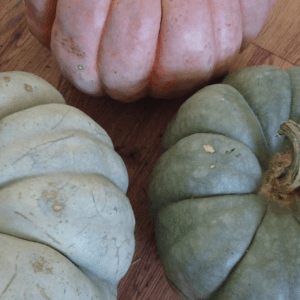



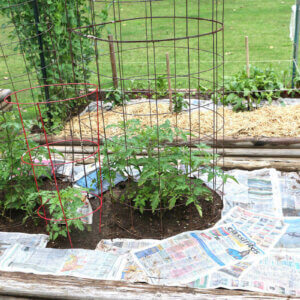

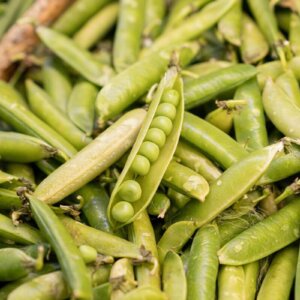
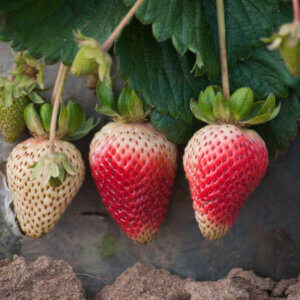


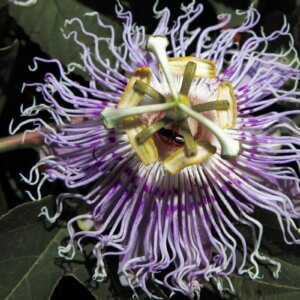

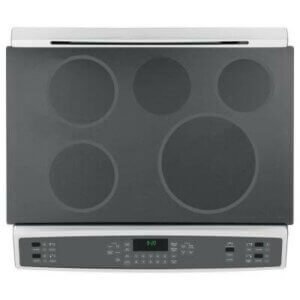
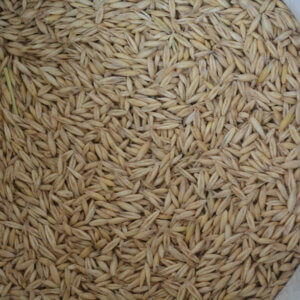



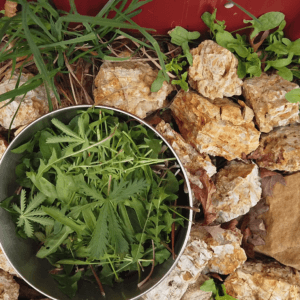


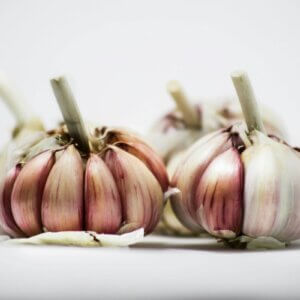
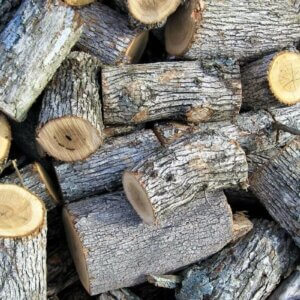

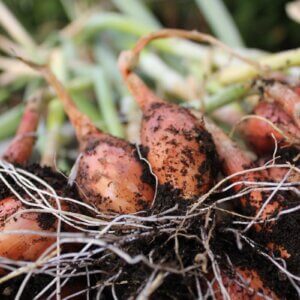


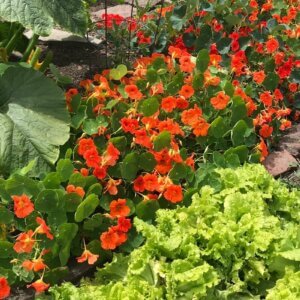



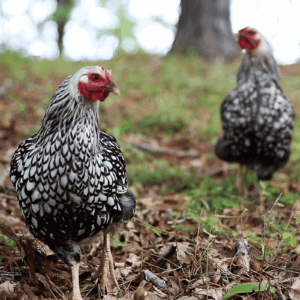
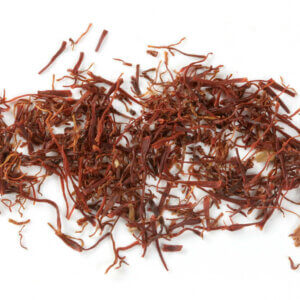
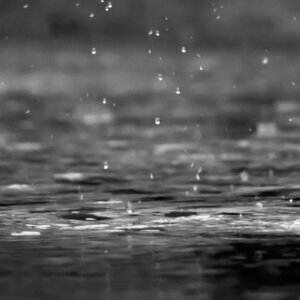
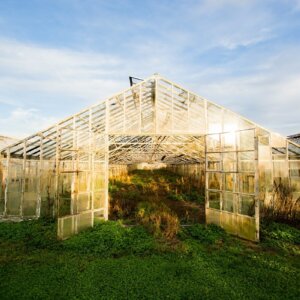
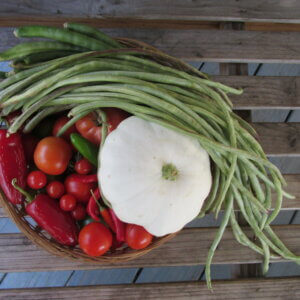
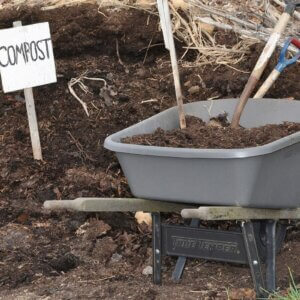
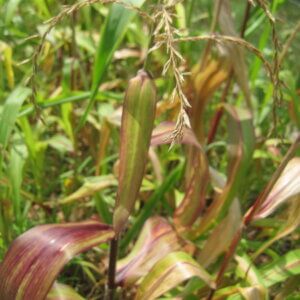

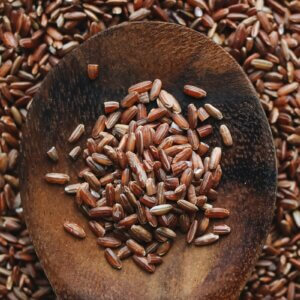
Leave a Reply